
views
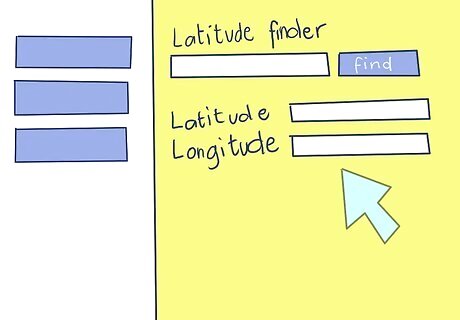
Use an online latitude/longitude finder. If you search "how to find your latitude," several web sites that can help you find your latitude and longitude will come up. The only information these sites will require is the exact address where you're located, and you'll find out your latitude within seconds. The NASA web site is particularly nifty; once you type in your address, you'll be able to move your mouse right around the area where you live to track the subtle changes in latitude and longitude. Make sure to use a free site that doesn't ask for any financial information.
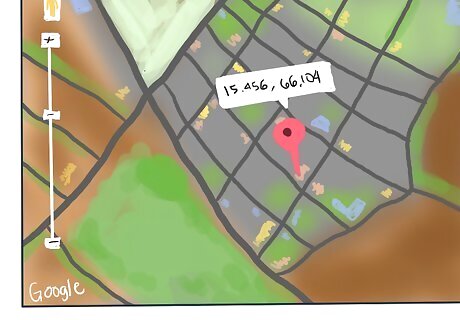
Use Google Maps. You can also find your latitude quickly just by using Google Maps. Here's all you have to do: Go to Google Maps. Type in your address. Double click on your address and select "What's here?" Read your latitude and longitude. You'll be given your latitude first.
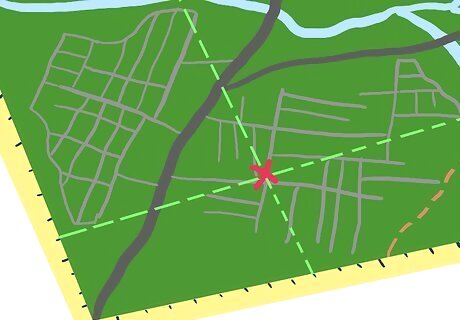
Use a real map. That's right, there was a time when all maps did not have the word "Google" in front of them. You can find your latitude by opening up a map (all right, you can find a map online, too) and then finding your location on it. Though this won't be nearly as accurate as typing in your exact address online, you can still get a pretty sound measurement of your latitude if you know how to read a map. The latitude on a map runs horizontally, while the longitude runs vertically. Find your location and use a ruler or another flat-edged object to create a straight line from that location to the nearest latitude (horizontal) marker. That's how you can find your latitude.
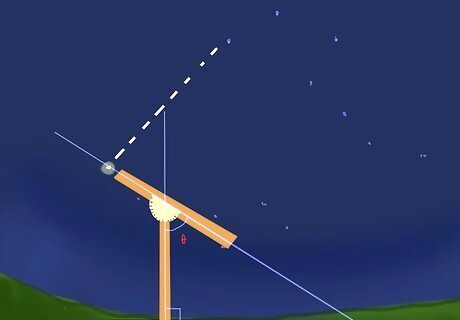
Use the North Star and a protractor. Though this is longer method for finding your latitude, it can be exciting to use your scientific skills to determine your location. Here's what you'll need to do: Find the Big Dipper. This constellation is also known as Ursa Major, or the Plough, and looks like a big spoon. Find the back of the "Plough blade." This is the outermost part of the dipper, which is the furthest away from the handle of the spoon. Move five blade lengths along from the back of the blade to find the North Star. You can use the constellation of Cassiopeia, the sitting queen who resembles a "W," which is an equal distance from the North Star as the Big Dipper. The position of this star moves very little. Use the sight line that's on top of the aiming beam to align the beam and the North Star. Take a protractor and measure the angle between the beam and the horizon. This is your latitude.
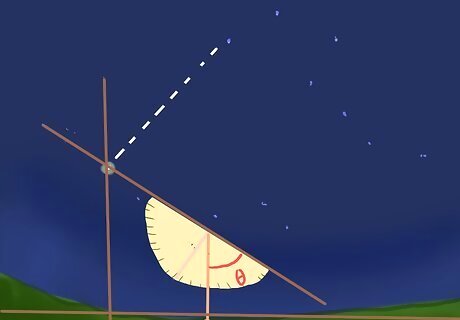
Use an astrolabe. If you have an astrolabe handy, then all you have to do is lie as close to the ground as possible and find the North Star (use the guidelines in Step 4 for help.) Use your astrolabe to find the altitude of the North Star and write it down. This is your zenith angle. Then, subtract this angle from 90 degrees to get your latitude. That's it. Though using an astrolabe may certainly not be the easiest way to find your latitude, it may be the most fun! You can make your own astrolabe using only a protractor, plastic straw, metal weight, and a piece of string. Just tie one end of the string to the hole in the middle of the protractor and place the weight on the other end of the string. Now, all you have to do is tape the straw along the flat edge of the protractor and you're all set.



















Comments
0 comment